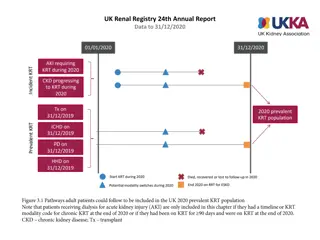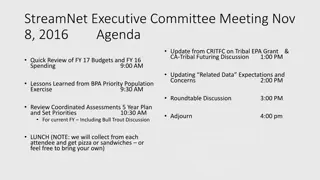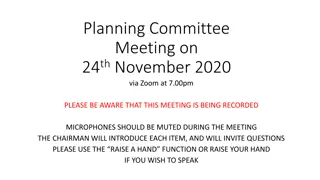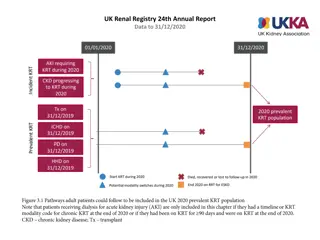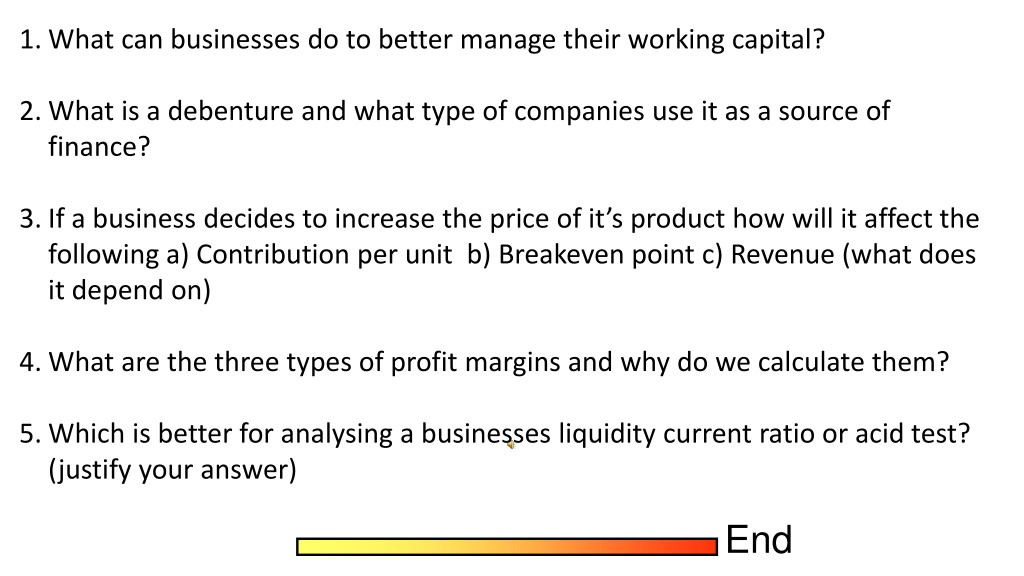
Financial Management Strategies for Businesses
Learn about effective working capital management, debentures, pricing strategies, profit margin analysis, and liquidity ratios in this comprehensive guide for businesses seeking financial optimization.
Download Presentation

Please find below an Image/Link to download the presentation.
The content on the website is provided AS IS for your information and personal use only. It may not be sold, licensed, or shared on other websites without obtaining consent from the author. If you encounter any issues during the download, it is possible that the publisher has removed the file from their server.
You are allowed to download the files provided on this website for personal or commercial use, subject to the condition that they are used lawfully. All files are the property of their respective owners.
The content on the website is provided AS IS for your information and personal use only. It may not be sold, licensed, or shared on other websites without obtaining consent from the author.
E N D
Presentation Transcript
1. What can businesses do to better manage their working capital? 2. What is a debenture and what type of companies use it as a source of finance? 3. If a business decides to increase the price of it s product how will it affect the following a) Contribution per unit b) Breakeven point c) Revenue (what does it depend on) 4. What are the three types of profit margins and why do we calculate them? 5. Which is better for analysing a businesses liquidity current ratio or acid test? (justify your answer) End
40 minutes on assessment 40 minutes on assessment Assessment to be completed on Assessment to be completed on lined paper lined paper Put your name on it!! Put your name on it!!
How do we structure of different questions 2? 4? 8? 10? 12?
There will always be two options in a 20 mark question sometimes you have to look for the two options There will be four PEACE grids Plus a conclusion. If you are pushed for time three PEACE grids plus a conclusion. You must weigh up the benefits and drawbacks of both options separately In your conclusion you must make a choice between the options and justify your choice using AJIM and MOPS
Conclusion support Conclusion support A Answer the question J Support your answer with a justification I it depends counter M Most importantly M O P S Market Objectives Product Situation
1. Calculate the working capital for both businesses for both years. (4) 2. Assess the reason why the investor would want to invest his money in a business in return for shares, rather than placing it in a bank (10) 3. Pierre Jones needs to provide some feedback to the investor on the suitability of buying shares in Business A or Business B. Using the information presented in both sets of financial accounts, but without the use of ratios, evaluate these two options and recommend which one is the better investment opportunity. (20) 50 Minutes
1.Calculate the working capital for both businesses for both years. (4) Business A Year 1: 274 000 - 303 000 = ( 29 000) Year 2: 265 000 - 316 000 = ( 51 000) Business B Year 1: 390 000 - 272 000 = 118 000 Year 2: 403 000 - 255 000 = 148 000
Definition: When investing in business, business angels, venture capitalists and family and friends expect to receive shares of the business in return for their investment. This means they will own a proportion of the company and will receive a share of the profits in the form of dividends. If the shareholder Pierre is advising invests in shares of either company he will receive dividends which means he will receive a share of the profit. P P If the investor was to invest in shares with either company they would be protected as each business is an LTD. Each business has been profitable over the past two years which suggest a positive return on investments meaning he will make more money that he originally puts in. E E This means that the investor would only lose the money he put into the business and would not risk any personal belongings. Business A made a profit of 66,000 in year 2 and Business B made a net profit of 12,000. business A would yield higher ROI based on profitability. However business A is accumulating large sums of retained profit which is not been issued as dividends. A A (already stated they are both LTD s) However, there is no guarantee that either business will continue to be profitable. Business A is heavily affected by seasonality and Business B is experiencing volatility in Steel prices which will affect its financial management. C C However, if the investor was to save his investment in the bank he would not lose any of that money and would be guaranteed additional interest as a reward for saving. The bank would guarantee a return on savings through interest, however this could be a far lower return than what an investment in a profitable business would be. E E It depends whether the investor values growing his wealth over being involved in a small business and gaining experience at the risk of losing it. A The investor would rather invest in business as there is a likelihood for a greater return on that investment which will increase the investors wealth. However in this particular case the investor has no business experience or knowledge so they may also want to take share in a small ltd as a means of gaining some business experience. J This is preferable to saving in the bank which the investor knows will only give a set return in terms of interest and will not allow them to gain any business experience. I However the investor must bear in mind that existing shareholders may not welcome heavy involvement and that the ROI may not be as rewarding as the bank if the business does not continue to be profitable. M Most importantly the investor needs to find out how much investment is being offered for what proportion of sales before they can really decide what would be best to do with the money.





